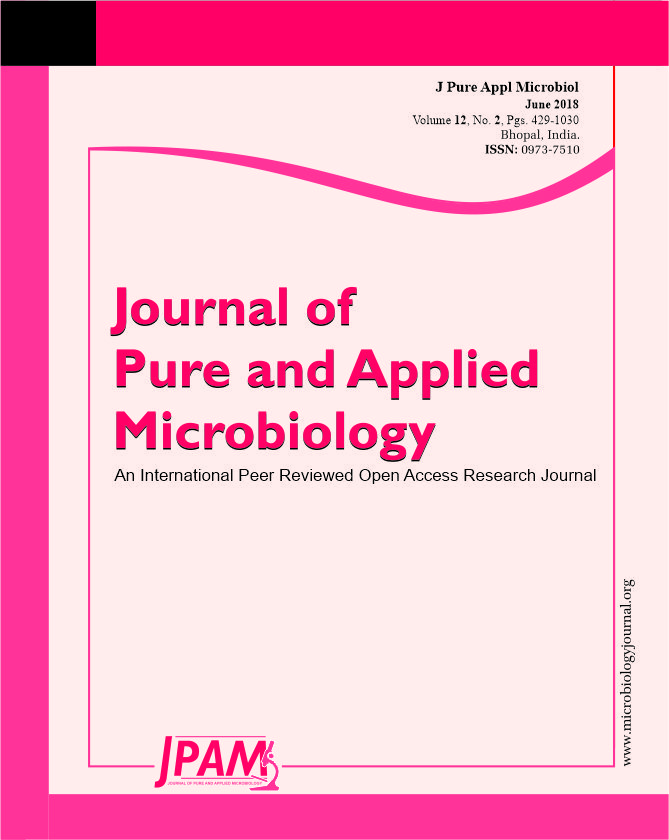Vibrio parahaemolyticus is a Gram-negative bacterium that is ubiquitous in marine and estuarine environments. The pathogenic strains can cause foodborne gastroenteritis especially when raw or undercooked seafood contaminated with pathogenic V. parahaemolyticus are consumed. This study aims to obtain a novel species-specific genetic marker using comparative genomics and to investigate their prevalence in both clinical and seafood isolates of V. parahaemolyticus. VPA1327 (vopT) was identified as a unique gene of this organism, but it was reported present in only 33.3% of V. parahaemolyticus (n=72 isolates). Interestingly, vopT was found exclusively in clinical isolates. The combination PCR analysis was used to determine the presence of three genes (tdh, trh, and vopT) in 36 clinical isolates. Four genotypes were classified namely, tdh+trh–vopT + (24 isolates, 66.7%), tdh+trh+vopT – (2 isolates, 5.6%), tdh–trh+vopT – (2 isolates, 5.6%) and tdh–trh–vopT– (8 isolates, 22.2%). Furthermore, all vopT+ isolates were tdh+ isolates, and none of them coexist with trh+ isolates. This study has provided strong evidence to support vopT as an additional virulence marker for the detection of V. parahaemolyticus with the pathogenic potential to cause human disease.
Vibrio parahaemolyticus, comparative genomic, VPA1327, VopT, T3SS, TDH
© The Author(s) 2018. Open Access. This article is distributed under the terms of the Creative Commons Attribution 4.0 International License which permits unrestricted use, sharing, distribution, and reproduction in any medium, provided you give appropriate credit to the original author(s) and the source, provide a link to the Creative Commons license, and indicate if changes were made.


